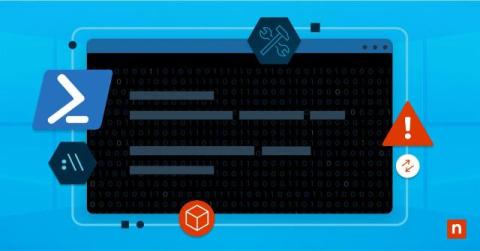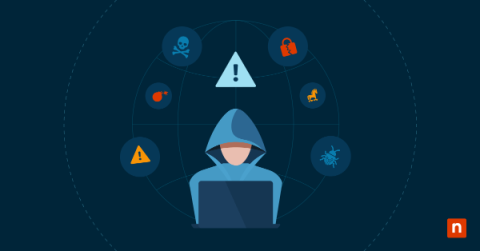What Is Remote Code Execution (RCE)?
Remote Code Execution (RCE) is when an attacker runs malicious code on your IT infrastructure. The purpose of RCE ranges from further infiltrating your network, stealing information, or otherwise damaging, extorting, or stealing from you or your business. Because of this, protecting your computers and network from RCE attacks is vital. This article explains what remote code execution is, and the impacts of RCE on your business.











